Magnetoelectric Resonating Antennas for Low-to-High Frequency Wireless Power and Data Transfer in Implantable Devices
Published: 24 March 2025
Magnetoelectric antennas have gained traction due to their capability to be miniaturized at frequencies ranging from 10s of MHz to 10s of GHz for wireless data and power transfer for implantable healthcare devices.
Magnetoelectric antennas have gained traction due to their capability to be miniaturized at frequencies ranging from 10s of MHz to 10s of GHz for wireless data and power transfer for implantable healthcare devices [1]. Composed of piezoelectric-magnetostrictive heterostructures that coherently resonate in the presence of an electromagnetic field via electromechanical coupling, their miniaturization is not limited by signal wavelength. The proposed antennas exhibit an S11 lower than -10 dB for the frequency range of 3-22 GHz as shown in Fig. 3b which can be further reduced with the inclusion of magnetic materials and a 11 dB rise in S21 when in transmission mode.
Complete microfabrication is carried out at JWNC with a 4-mask protocol utilising wet etching and lift-off processes as shown in Fig. 1. The piezoelectric layer, Aluminium Nitride, RF sputtered in Moorfield 125A via confocal sputtering, is etched in AZ400K developer during development in a single step. Spintronic materials consisting of Fe81Ga19 laminated with AlN in-situ for the reduction of Eddy currents are sputtered and patterned using lift-off with LOR15B-S1818 bi-layer. Crystallinity is assessed using X-Ray Diffractometry to confirm presence of target planes as seen in Fig. 2. and device analysis is carried out on-chip. The magnetoelectric and horn antenna are connected to two ports of a VNA and reflection-transmission measurements are carried out as shown in Fig. 3a.
To assess the in-vitro compatibility, biocompatibility tests and calcium imaging have been carried out and the imaging transients of cultured neuronal cells have been recorded, for the first time, on magnetoelectric materials as shown in Fig. 5. Furthermore, system development and communication protocols have been developed for integration of multiple magnetoelectric antennas as shown in Fig. 4. The diced and bonded device is highlighted in Fig. 6.
+++
Fig. 1
1a
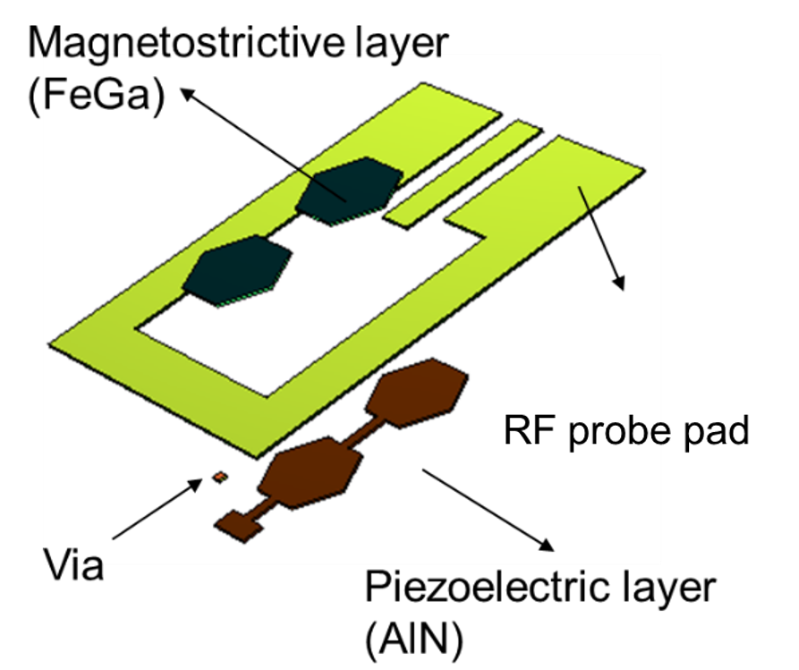
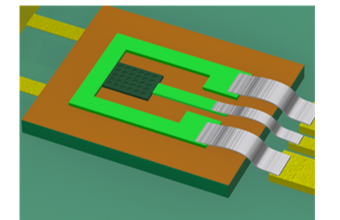
1b
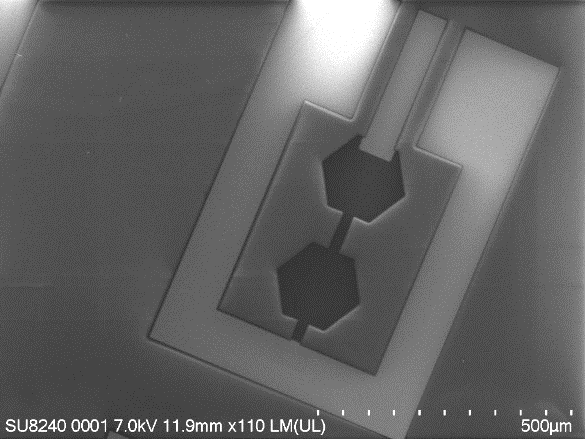
1c
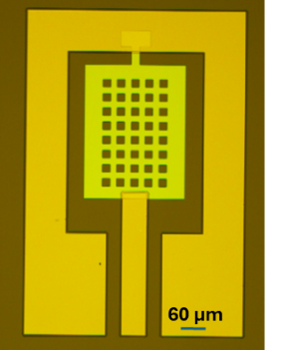
---
+++
Fig. 2
2a
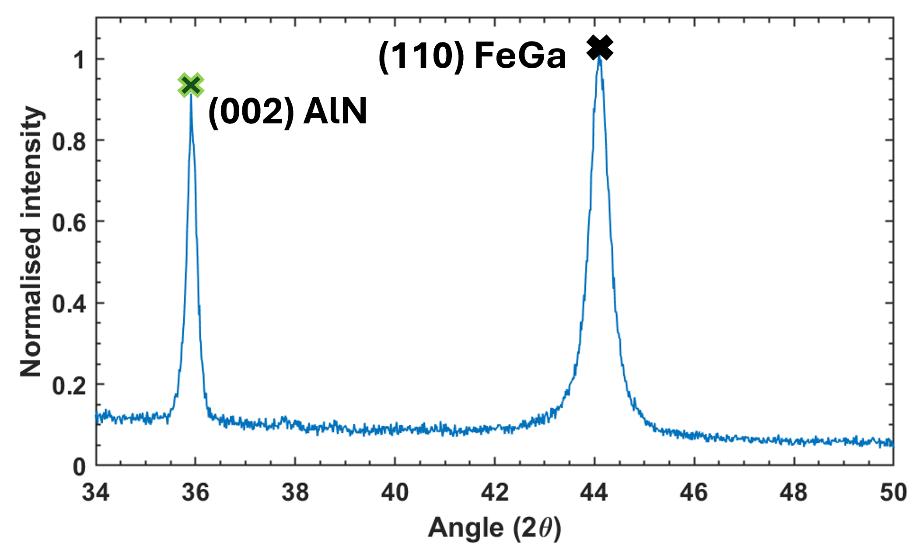
2b
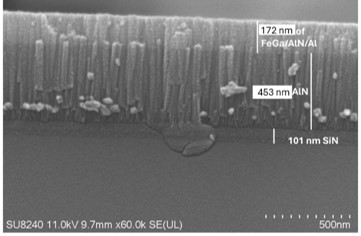
---
+++
Fig. 3
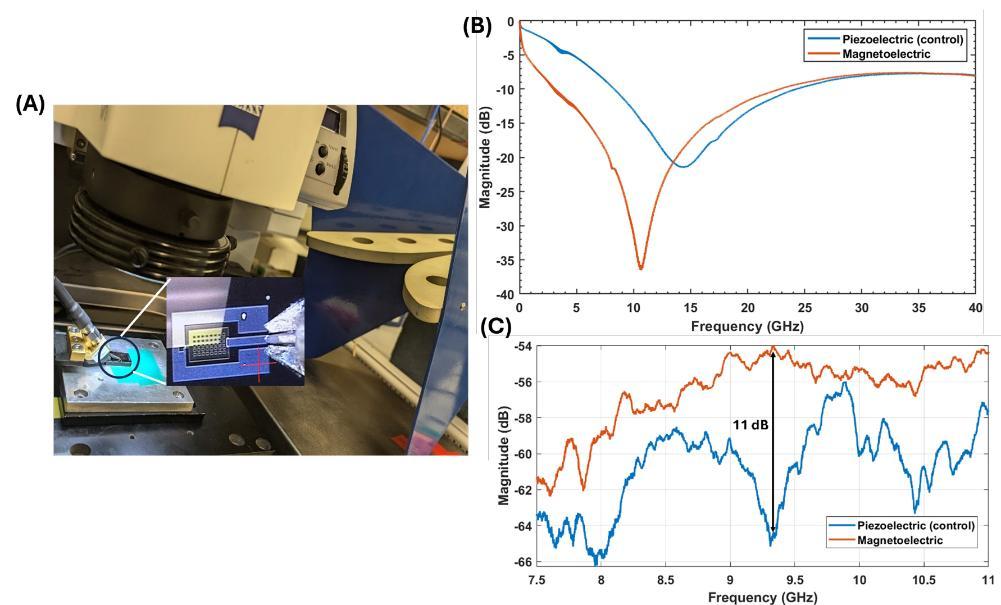
---
+++
Fig. 4
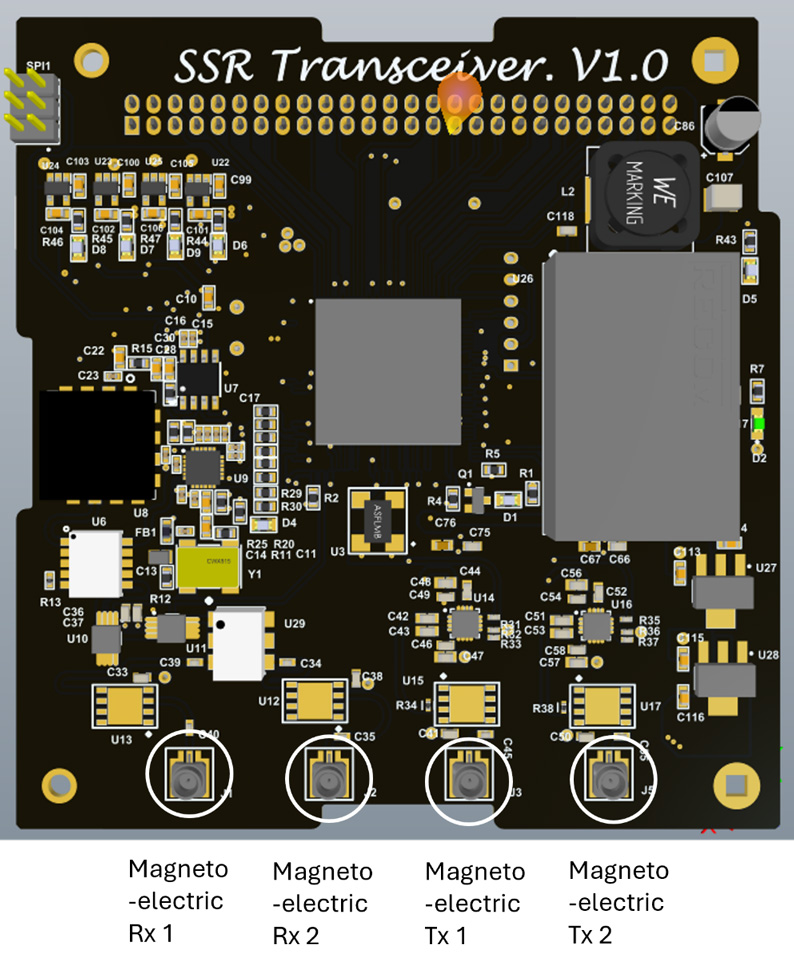
---
+++
Fig. 5
5a
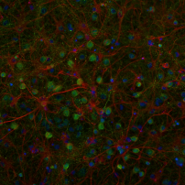
5b
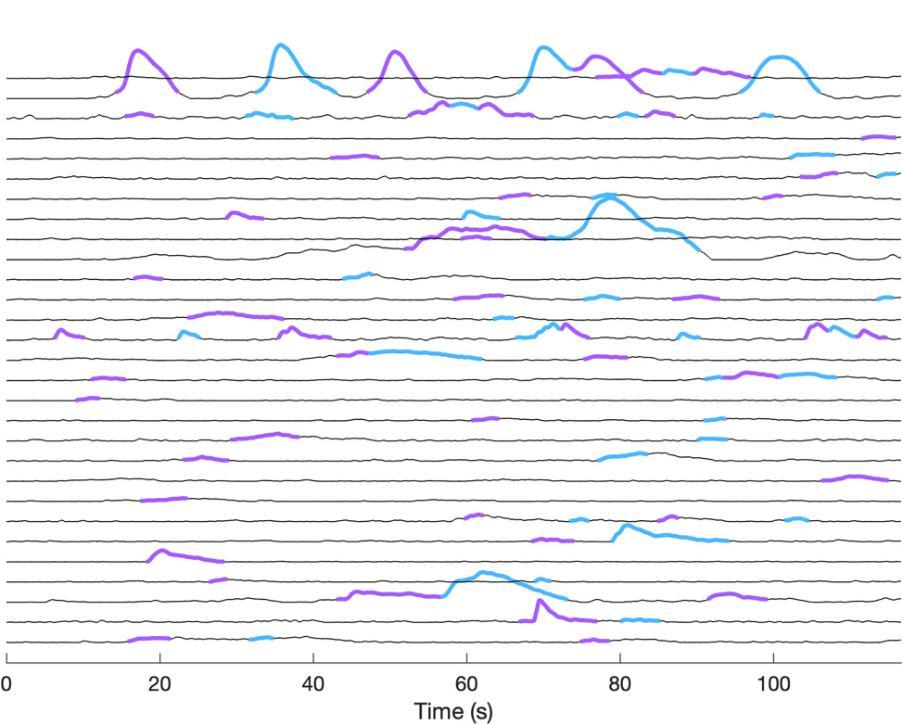
---
+++
Fig. 6
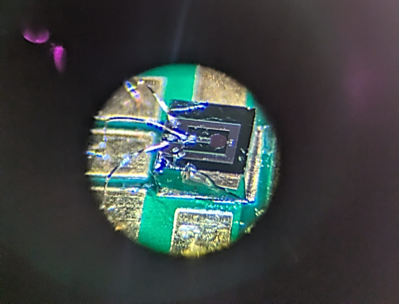
---
Mahdieh Shojaei Baghini 1, Laura Mazon Maldonado 1, Mostafa Elsayed 1, Adam Armada-Moreira 2, Afesomeh Ofiare 3, Thomas Mclurg 4, Mary Dysko 5, Michele Giugliano 2, Carlos Garcia Nunez 1, Hadi Heidari 1
- Microelectronics Laboratory, James Watt School of Engineering, University of Glasgow, UK
- Neuronal Dynamics Group, International School for Advanced Studies (SISSA), Italy
- Centre for Advanced Electronics, University of Glasgow, UK
- James Watt Nanofabrication Centre, University of Glasgow, UK
- Centre for Medical & Industrial Ultrasonics
First published: 24 March 2025

